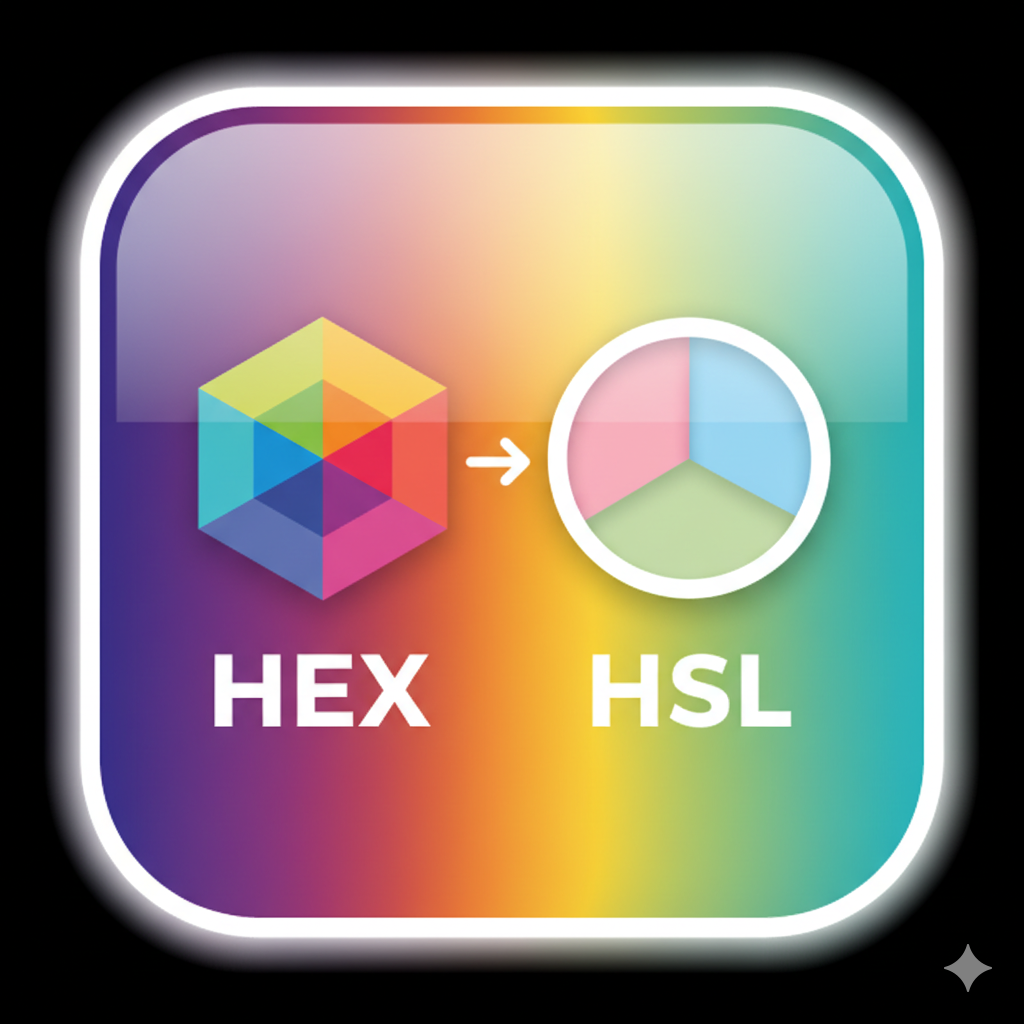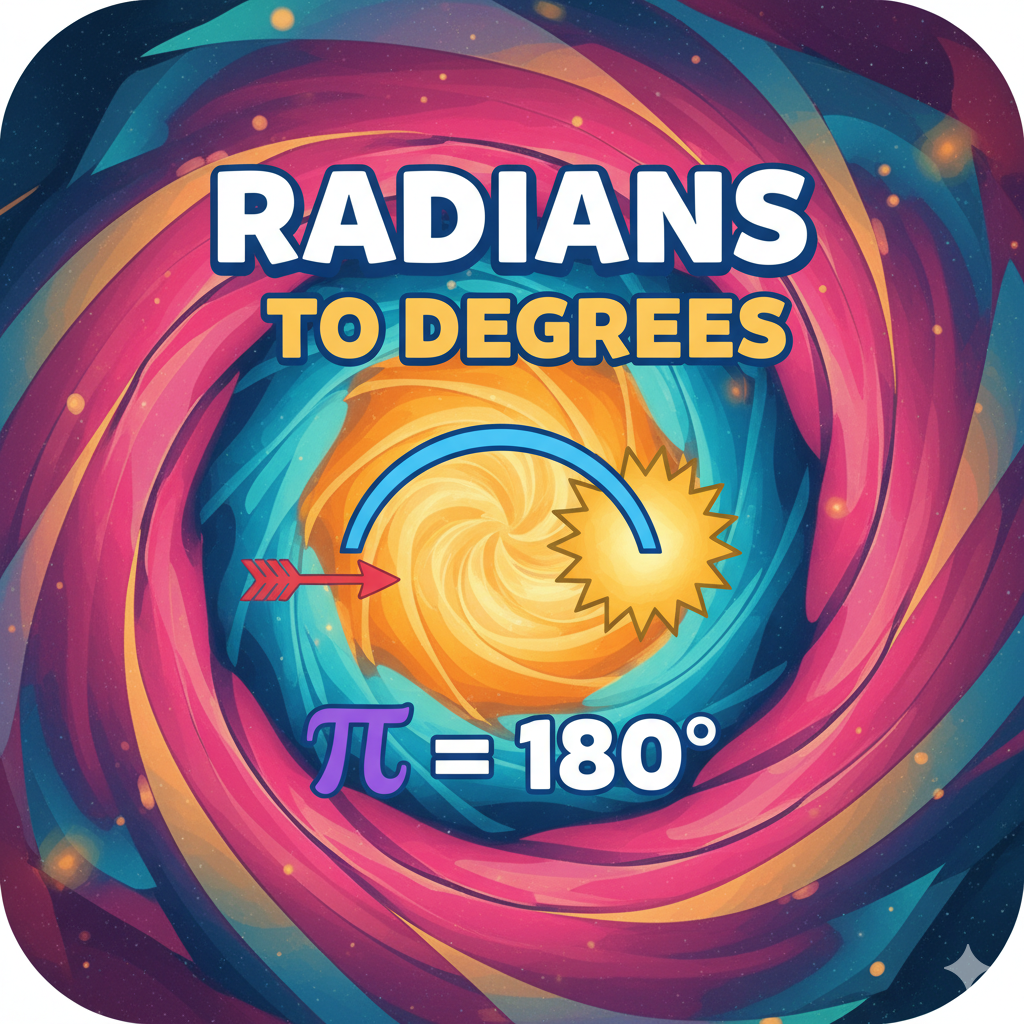The Unicode to Character Converter is a highly accurate, fast, and intuitive digital tool designed to convert Unicode code points into their readable characters instantly. Unicode is the universal standard for encoding text across all digital platforms—covering over 143,000 characters, including alphabets, symbols, emojis, scripts, and special typographic marks. Understanding and converting Unicode values is essential for programmers, UI/UX designers, localization teams, linguists, system architects, and anyone working with text encoding in modern software. This converter ensures precise interpretation of Unicode points, making it easier to manage characters across web applications, databases, operating systems, and digital content.
Unicode assigns a unique hexadecimal value to every character, such as U+0041 for the letter A, U+1F600 for 😀, or U+0915 for the Devanagari letter क. Converting these code points manually requires knowledge of hexadecimal formats, encoding structures, and Unicode ranges—tasks that are time-consuming and error-prone. The Unicode to Character Converter solves this problem instantly: users simply enter a Unicode value, and the tool produces the exact character it represents. This makes it invaluable in debugging, designing, documenting, and building multilingual or symbol-rich systems.
For software developers, Unicode handling is a daily necessity. Source code, APIs, JSON files, HTML entities, regular expressions, and database queries often include Unicode notations. When debugging character encoding issues—such as garbled text, missing glyphs, or incorrect escaping—developers rely on Unicode identifiers. This tool allows them to verify character output, inspect codepoints, and ensure accurate rendering across platforms.
Front-end designers and UI/UX developers frequently use Unicode characters for icons, checkmarks, bullets, emojis, arrows, mathematical symbols, and interface elements. When styling interfaces in CSS, HTML, or JavaScript, Unicode code points are often used instead of actual characters to ensure cross-browser compatibility. This converter helps designers translate code points into viewable symbols, confirming visual accuracy during interface development.
In the field of localization and internationalization, Unicode is the backbone of multilingual support. Translators and localization engineers encounter hundreds of characters across scripts such as Arabic, Chinese, Cyrillic, Tamil, Korean, and Greek. This tool helps teams quickly inspect and validate language-specific characters, ensuring proper encoding and preventing display issues that could affect user experience.
For linguists, researchers, and typographers, Unicode is essential for analyzing writing systems, phonetic symbols, diacritics, ancient scripts, and uncommon characters. The converter enables effortless exploration of character sets, supporting academic studies in linguistics, semiotics, digital humanities, and script design.
Data scientists and cybersecurity analysts also encounter Unicode when working with escaped strings, encoded payloads, or text manipulation tasks. This tool helps decode Unicode sequences, improving clarity and reducing processing mistakes.
Everyday users also find the converter useful for identifying emoji codes, copying special symbols, using mathematical notation, or formatting digital documents.
The interface is simple, responsive, and optimized for desktop, tablet, and mobile use. Users enter a Unicode code point (e.g., “U+03A9”), and the tool instantly returns the corresponding character (Ω), along with proper rendering and readability.
In summary, the Unicode to Character Converter is a powerful, accurate, and indispensable tool for developers, designers, linguists, educators, translators, and everyday digital users. With its precision, speed, and wide usability, it provides an authoritative resource for decoding Unicode values and understanding the characters that drive the digital world.






